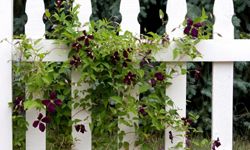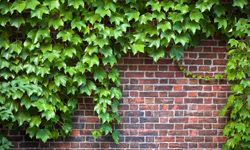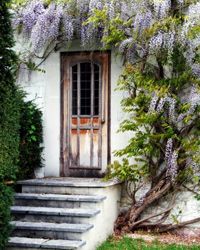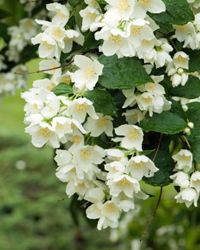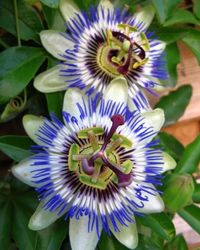Key Takeaways
- Creeping vines can provide natural privacy for your garden or yard by covering walls, fences or trellises with lush foliage and sometimes colorful flowers.
- These vines range from fast-growing varieties like the Virginia Creeper, known for its vibrant fall foliage, to flowering types like Jasmine and Wisteria, which offer both privacy and aesthetic appeal through their blooms.
For many people, their gardens are a place to escape the stresses of daily life. One of the ways to create that retreat feel is through privacy.
While trees and shrubs can certainly create a living barrier within your yard, creatively placed vines can also give you that feeling of privacy. Keven Graham, American Society of Landscape Architects (ASLA), principal and landscape architect of Planning Resources in Illinois, recommends vines for places that are tight or narrow such as a side yard or near a spa.
Advertisement
Vines can also work well as camouflage for areas you might want to hide or simply give a softer look. Draping a chain-link or metal fence with a selection of blossoming vines can bring a more natural look to a very industrial piece in your yard [source: Graham].
An important point to understand when utilizing creeping vines in your garden is that vines climb in different ways. Considering these differences can help you match the right plant with the appropriate structure. For example, wisteria and clematis attach by twisting their tendrils around a support, whereas English ivy grows aerial roots that can attach to rough surfaces such as walls [sources: Williams, Dana & Lerner].
"Every plant has up sides and down sides, and plant selection is very personal," says Liz Pulver, ASLA, landscape architect licensed in New York and California. "Some people love vines that others would run from."
In this article, we will explore 10 creeping vines and their different characteristics that can help you decide which vine might be the right fit for your garden.
